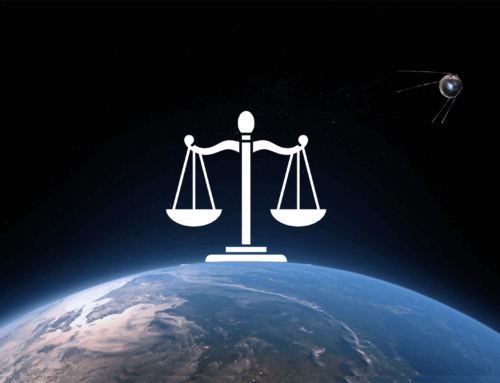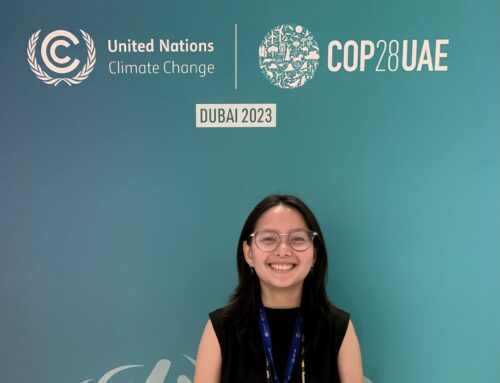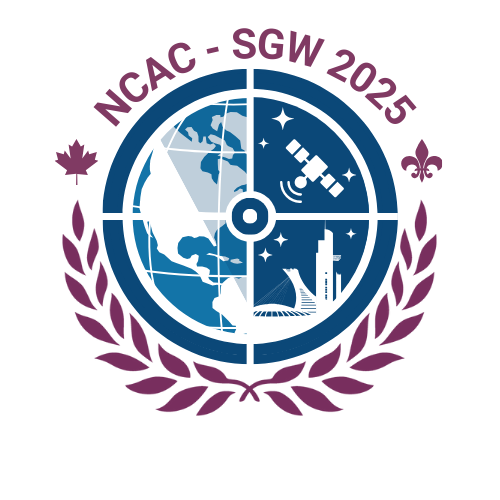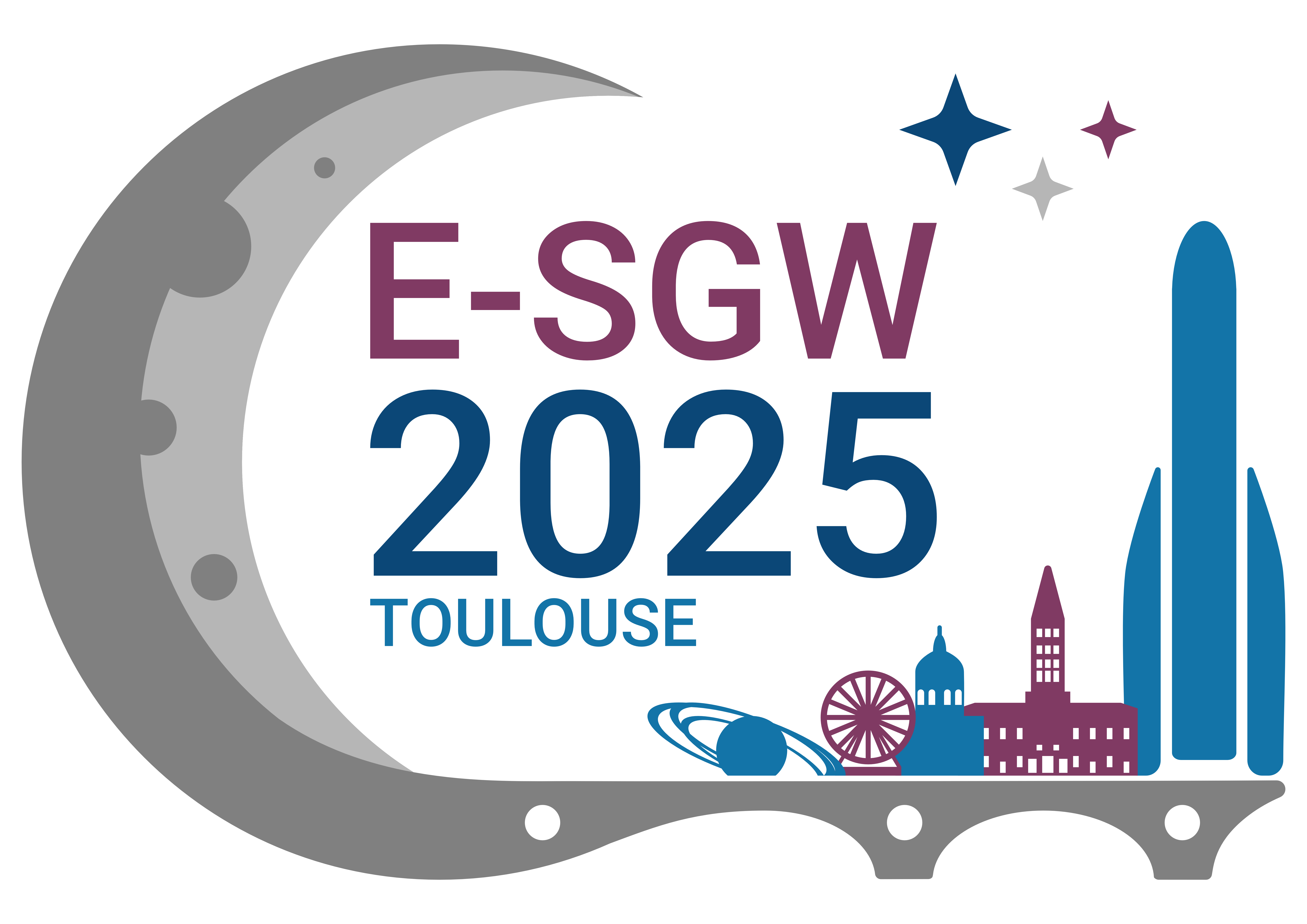
 2021 Interview with Agnieszka Lukaszczyk, PhD
2021 Interview with Agnieszka Lukaszczyk, PhD
Agnieszka’s Brief Bio:
Currently, Agnieszka is the Vice President, Government Affairs, EMEA at Planet and she sits on the Board Of Directors for the European Association of Remote Sensing Companies (EARSC). She has many years of experience working in various organizations including SGAC as an Executive Director and Chair (2006-2010) and formerly held the role of Director at the Secure World Foundation. She also worked at the European Commission on space policy and the Copernicus Programme. Her role in SGAC led to the creation of new connections with European organizations, helping to promote the beliefs of instigating change in the sector and society.
Abbreviated Interview:
-
What does Planet do to support global sustainability and human rights?
[Agnieszka] Planet is a leading provider of daily data and insights about Earth. We currently own and operate over 200 satellites that travel around our globe collecting images of the world’s surface. At Planet, we believe in what we call a transparent planet. If you have more global transparency, there’s global accountability for actions taken. It gives us awareness about the planet we live on and helps us make better decisions. One of our mottos is: “You can’t fix what you can’t see.” Our satellite images provide affordable and efficient access to relevant daily information about global events and environments. When everyone can see illegal deforestation in the Amazon rainforest, NGOs and governments can respond rapidly and with data-informed insights. Today, we can also see the refugee crisis here in Europe and around the globe. With this level of transparency, we cannot be in denial of global threats to human rights and ecosystems; and such awareness prompts people to react accordingly.
-
Do you think that the rest of the commercial space sector should work to support global sustainability and human rights; and what may be the challenges to participation?
[Agnieszka] I can only speak for Planet; we are a mission-driven company that recently went public on the New York Stock Exchange as a Public Benefit Corporation. Our mission is written into our corporate DNA; and we continue to work towards making the world better by supporting impactful change. Our data is not just there to be sold, but to influence decision-making based on factual information. You can see our data everywhere, probably often without even realizing it. When you see a news story with satellite images, it’s often from us. Our data can strengthen messages, and we provide images to media outlets to tell truthful stories. We also work directly with many NGOs and think tanks to aid their work in researching and protecting human rights. Other commercial companies may not do this because they don’t see it as very profitable, but we see this as a critical part of our impact work for the planet. The world is changing, however, and more companies are slowly trying to engage in initiatives that are meaningful. I hope that trend will continue, and I believe that this global data can support progress.
-
What does the company do to protect the right to privacy?
[Agnieszka] I get that question all the time. Privacy is actually not an issue for Planet’s data because the resolution of our satellites is not high enough to impact individual privacy. Your right to personal privacy is more challenged by street cameras, ATM cameras, store cameras, or really anything that would see and record your face. With satellites, you don’t see faces or vehicle license plates. We can see objects at large scales, such as a crowd of people or a grove of trees, but satellite data does not provide enough clarity for anyone to identify individuals.
-
What do you think are the most pressing human rights issues that we should be addressing with Earth observation?
[Agnieszka] The most pressing issue, in general, is sustainability. In a sense, because sustainability impacts our rights to clean air, clean water, and directly impacts our lives and resources, it encompasses the most pressing human rights issues. Climate change is happening, and it is dangerous. Biodiversity loss is occurring every minute, and on a massive scale, it will soon be irreversible. These are human rights issues because they impact the environment that we live in and the future of humanity. Then there is also the refugee crisis. It is major, and it’s still unresolved. We talk about it less and less here, but that doesn’t mean that it has been solved. There is a lot more that we as a global community could do; and I believe that satellite data can help.
Legal/Policy Questions:
-
Were there any significant media stories involving the law that Planet was involved in?
[Agnieszka] We are not meant to break stories, but support stories with evidence. We know there are many big stories to tell, and we know we have data that can aid and support them. Media and NGOs use our satellite images alongside supporting sources, such as people on the ground and drone detection, to tell stories and shine a light on global issues. We are proud of the role that our satellite data has played in this, including detecting unsanctioned oil traveling to North Korea, revealing illegal deforestation on protected lands in the Amazon, capturing the destruction of refugee camps in Jordan, and supporting the discovery of internment camps in China.
-
Is there any due diligence for companies such as Planet to report on any human rights violations? How can the data be most effective in protecting human rights?
[Agnieszka] Even though we monitor the entire Earth daily, it’s not humanly possible to look at all the images we’re getting. We provide the data, but it’s our customers that are the experts in imagery analysis. They are really the ones who direct their focus on particular human rights issues and conduct research with our data. By keeping our data platform user-friendly and building successful relationships with these customers, we support their projects.
-
Should governments or international organizations be more inclined to support collaborative initiatives to share this type of data? How does Planet collaborate with these entities?
[Agnieszka] Governments and international organizations are already supporting shared satellite data initiatives. For instance, the Copernicus Sentinel data is public – free and open. Anybody can access it anytime. The resolution of that imagery is much lower, though, so users may not be able to see many fine details. In terms of our data, we have been happy to see our customers combine high-resolution insights from our data with the existing public sources like Sentinel. In terms of collaboration, we are partnering with many entities – public and commercial. For instance, we are the first company to become a member of the International Charter on Space and Major Disasters.
We use cloud services to give users access regardless of where they are in the globe. Our data is then often used to monitor and manage agricultural lands, helping countries and companies meet sustainability regulations, manage their nutrient and water inputs, and reduce inefficiencies. For example, we’re currently helping customers measure and monitor their land parcels to meet standards set in motion by the EU Green Deal. Additionally, our customers in the civil sector are using our data to provide rapid response to communities facing natural disasters. With our time-series data, governments and NGOs are seeing before-and-after infrastructure damage and making plans for repair. And these data sources are also helping to conserve national biodiversity regions, like tropical forests, pristine water bodies, and vulnerable coastal habitats.
-
What are your thoughts on policies for open access for data sharing?
[Agnieszka] Often the media approach us asking if we have images of a specific place or event. This may be a flood, a massive political event, or a volcano eruption. We believe that supporting their work promotes transparency, and we provide those individual images freely and openly. We believe that it is beneficial to find the balance of working with customers and meeting their specific needs while simultaneously providing open and accessible images to support global transparency.
-
How many images has Planet collected over time? How do you store and manage this data?
[Agnieszka] Planet is really a data company. We have been collecting imagery since 2009, and now have on average 1,800 images of every location on Earth’s landmass. We store and catalogue all of that data, and make it accessible on our Explore platform. Our customers can then use the platform to monitor the change in these images over time, download the data, and leverage machine learning to gain new insights from this data.

 2021 Interview with Agnieszka Lukaszczyk, PhD
2021 Interview with Agnieszka Lukaszczyk, PhD





